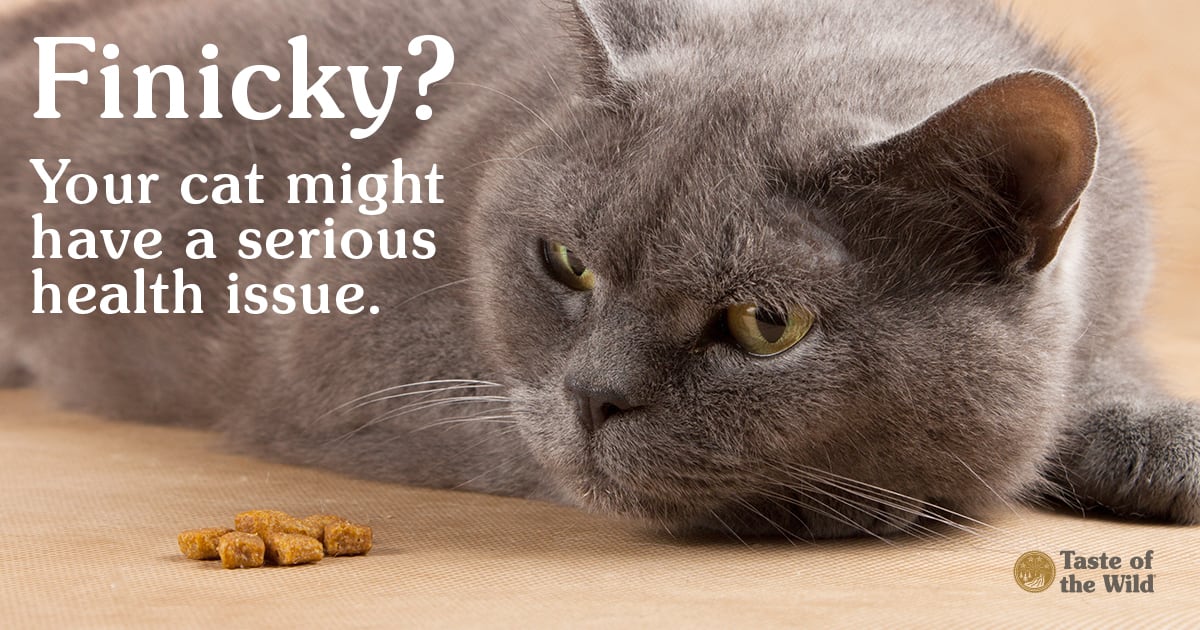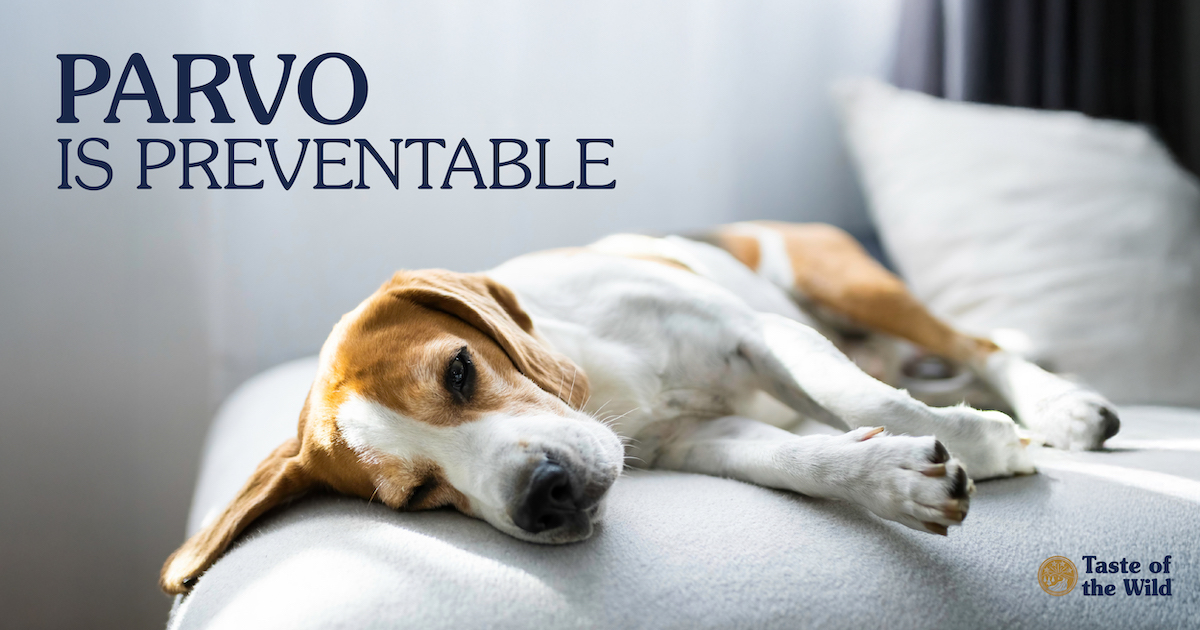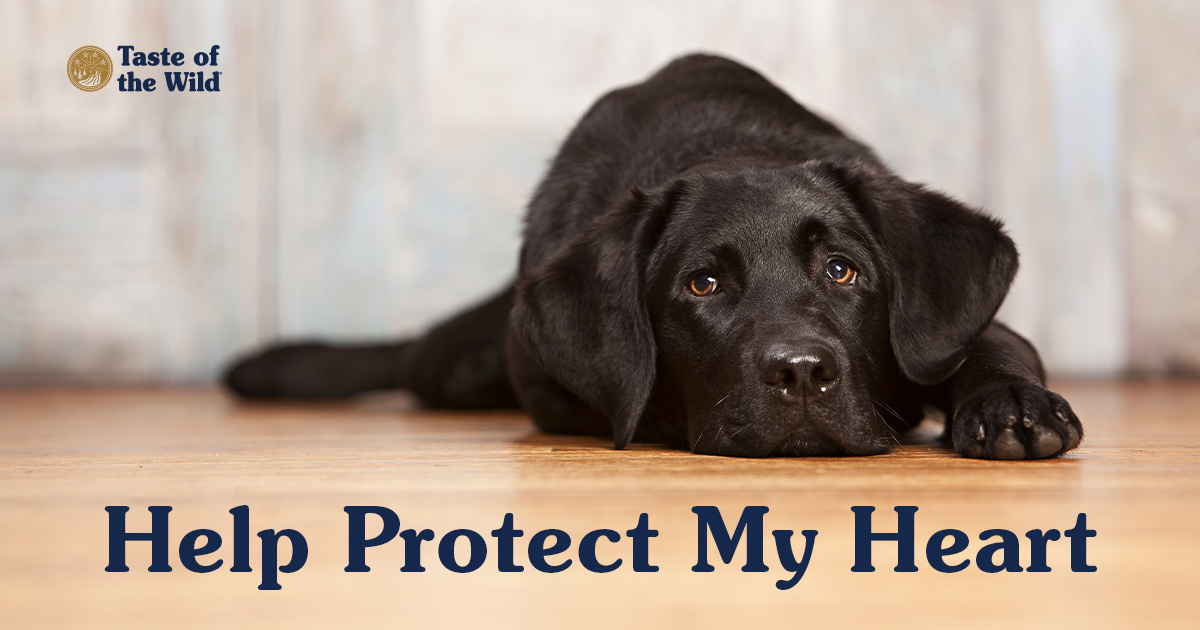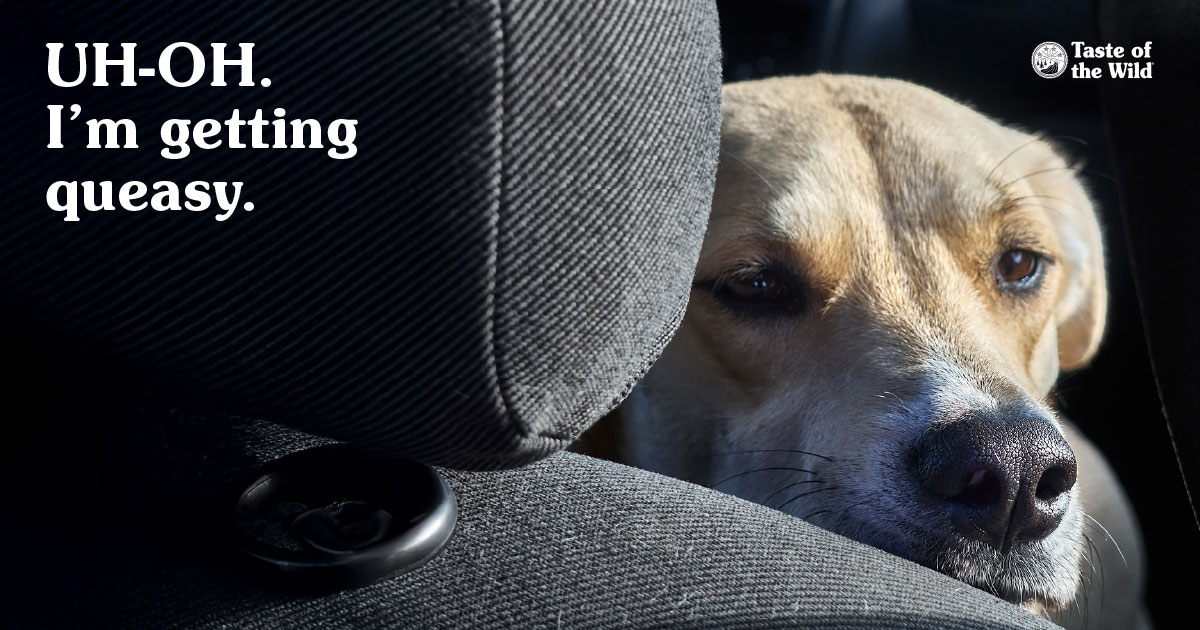A Suddenly Picky Kitty May Have Hepatic Lipidosis
Thursday, September 29, 2016 | Health

Cats have a reputation for being finicky. Unlike their canine counterparts, who can vacuum up a meal in seconds flat, cats often nibble at their food throughout the day. So when the food bowl goes untouched for a few days, you might not think much of it.
But you should.
When cats stop eating — even for as little as two days — they can develop a serious and potentially fatal liver condition called hepatic lipidosis, or fatty liver disease.
About Hepatic Lipidosis
The body relies on fats for energy, and the liver plays a critical role in making, breaking down and distributing fats. When cats stop eating, fats are mobilized from other areas in the body and brought to the liver. The liver can become inundated with fat to the point where it can no longer function properly.
At this point, cats typically refuse to eat, even when the most delectable morsel is dangled in front of them. If treated early, there’s a good chance of recovery. But some cats will unfortunately succumb to liver failure.
Risk Factors for Hepatic Lipidosis
Cats who were once overweight or obese who undergo a sudden loss of appetite and weight are commonly affected. But any cat can develop hepatic lipidosis.
Stress in the household, such as a recent move to a new house, the addition of a new pet or child, workmen in the house, or the absence of the owner during a vacation can put a cat off their food as well.
Cats can also feel nauseated or lose their appetites due to underlying medical problems, such as pancreatitis, inflammatory bowel disease, diabetes, cancer and kidney disease.
Or a cat may develop the disease as a result of escaping outdoors and being without food for a few days. In many cases, no obvious cause can be found.
How Do I Recognize the Signs in My Cat?
While a dog can go for a day or two without eating, a loss of appetite in a cat for this amount of time is a good reason to visit your veterinarian. In addition to anorexia, cats with fatty liver disease may exhibit weight loss, lethargy, vomiting and diarrhea and may seem less social, opting to hide in closets or under beds. As the disease progresses, the cat may become jaundiced, or icteric, evidenced by a yellow tint to the ears, gums and the whites of the eyes.
How Is It Diagnosed?
After a physical exam, your veterinarian may recommend blood tests, a urinalysis and X-rays. Definitive diagnosis usually requires a liver biopsy, performed during an ultrasound exam or via surgery. At the same time, your veterinarian will look for underlying diseases that could be causing the appetite loss, which must be treated as well.
How Is Hepatic Lipidosis Treated?
The prognosis is best when the disease is detected and treated early. However, the signs of fatty liver disease can be subtle, so many cats aren’t brought to the veterinarian until the problem is fairly advanced. These cats usually require hospitalization with IV fluids and other supportive care.
The cornerstone of treatment, though, is getting food into the cat’s digestive tract. These cats typically refuse to eat on their own, and force-feeding can exacerbate the problem because it is often stressful for the cat. That’s why we recommend that you speak with a veterinarian before taking action.
Your cat will be given a specific diet, designed to provide the right nutrients and calories, formatted as a liquid or slurry that can be syringed through a feeding tube. Your cat may also be prescribed additional medications to stimulate the appetite, prevent vomiting and help support the liver. Any underlying medical conditions must be treated as well.
Depending on the cat’s condition, it can take as long as two to four months until your cat is eating on his or her own. There is some good news, though: Once these cats recover, they’re not likely to develop the disease again.
The information in this blog has been developed with our veterinarian and is designed to help educate pet parents. If you have questions or concerns about your pet’s health or nutrition, please talk with your veterinarian.




